With the recent release of Tami's Tower: Let's Think About Engineering, the SSEC wanted to take a look back at our inspirations. Those inspirations were the two-dimensional, physics-based videogames that helped generations of learners visualize gravity, Newton’s laws of motion, simple machines, structural stability, and numerous other physics principles. With such great influences, it’s no wonder Tami’s Tower has received an outstanding reception!
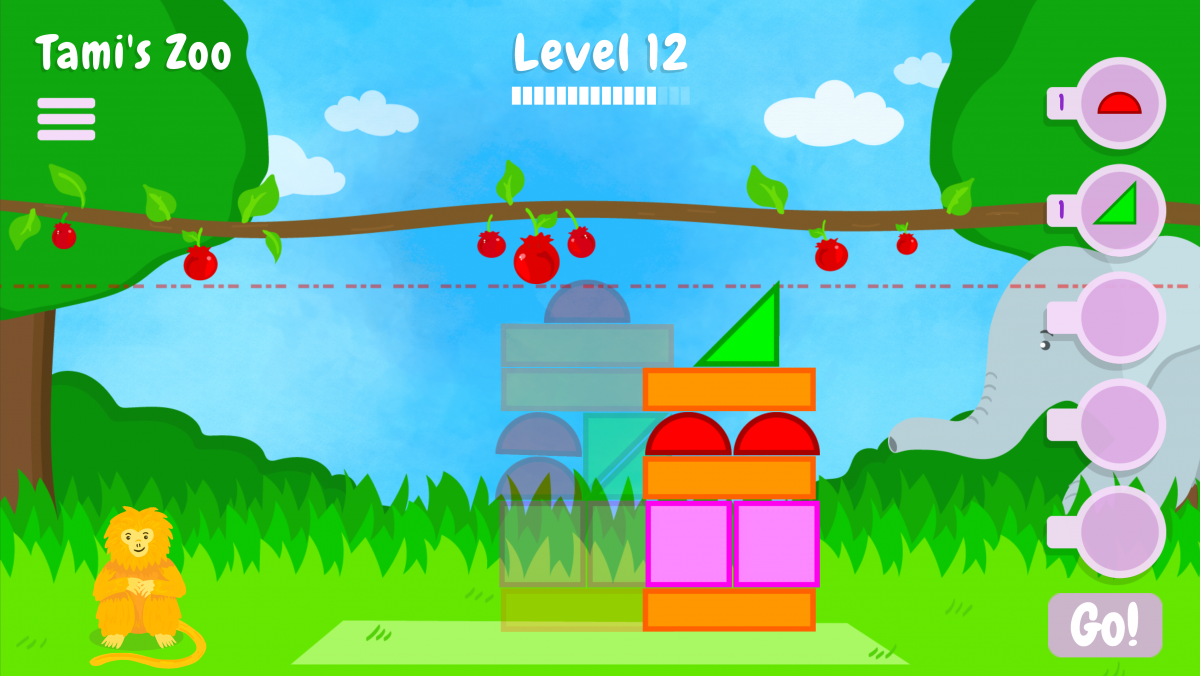 Tami's Tower: Let's Think About Engineering, a new engineering design game from the Smithsonian Science Education Center.
Tami's Tower: Let's Think About Engineering, a new engineering design game from the Smithsonian Science Education Center.

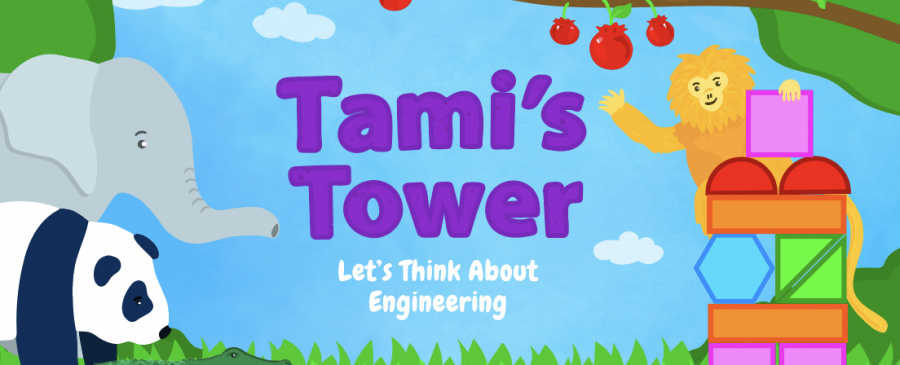
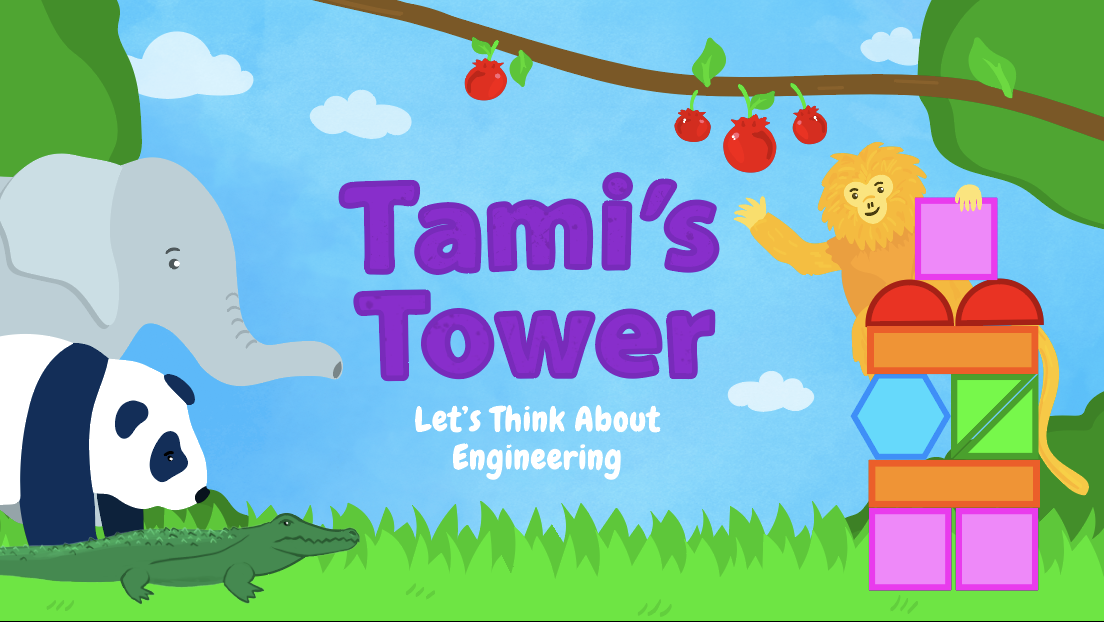
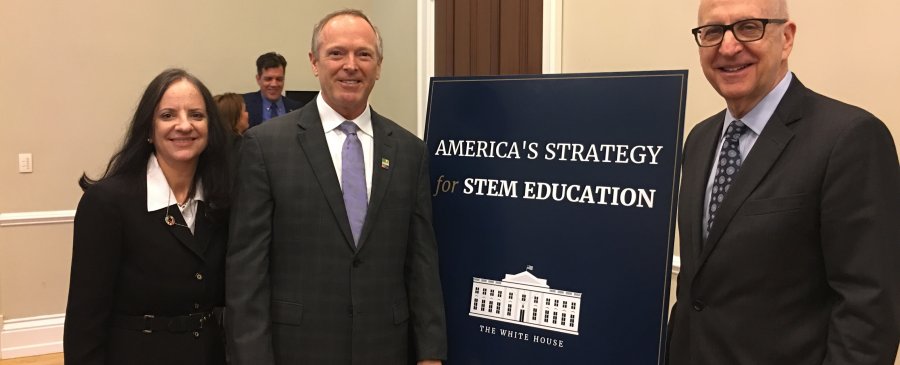
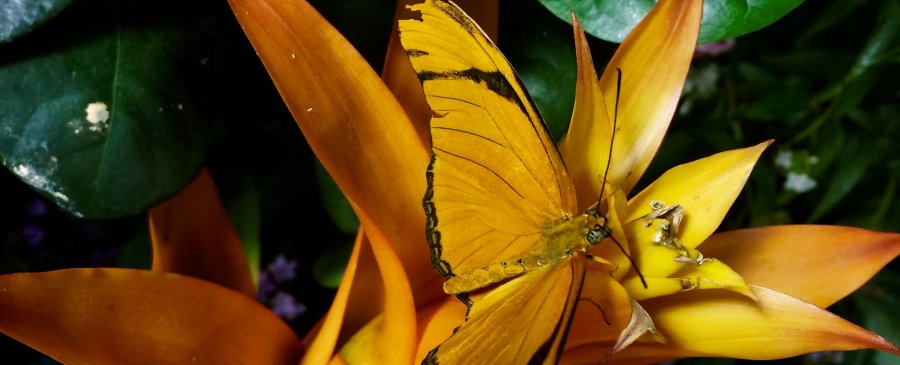
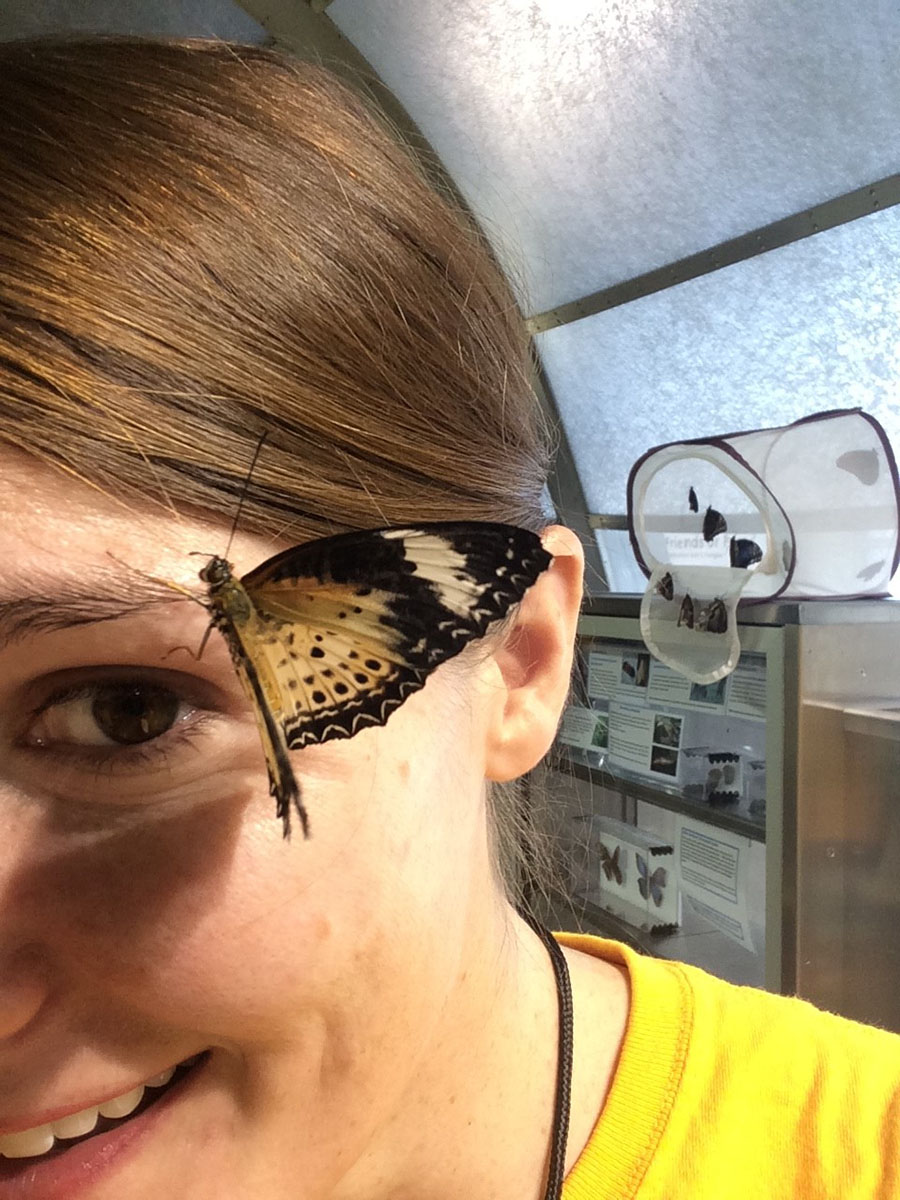 My sweaty forehead is helping supply this butterfly with nutrients.
My sweaty forehead is helping supply this butterfly with nutrients. 
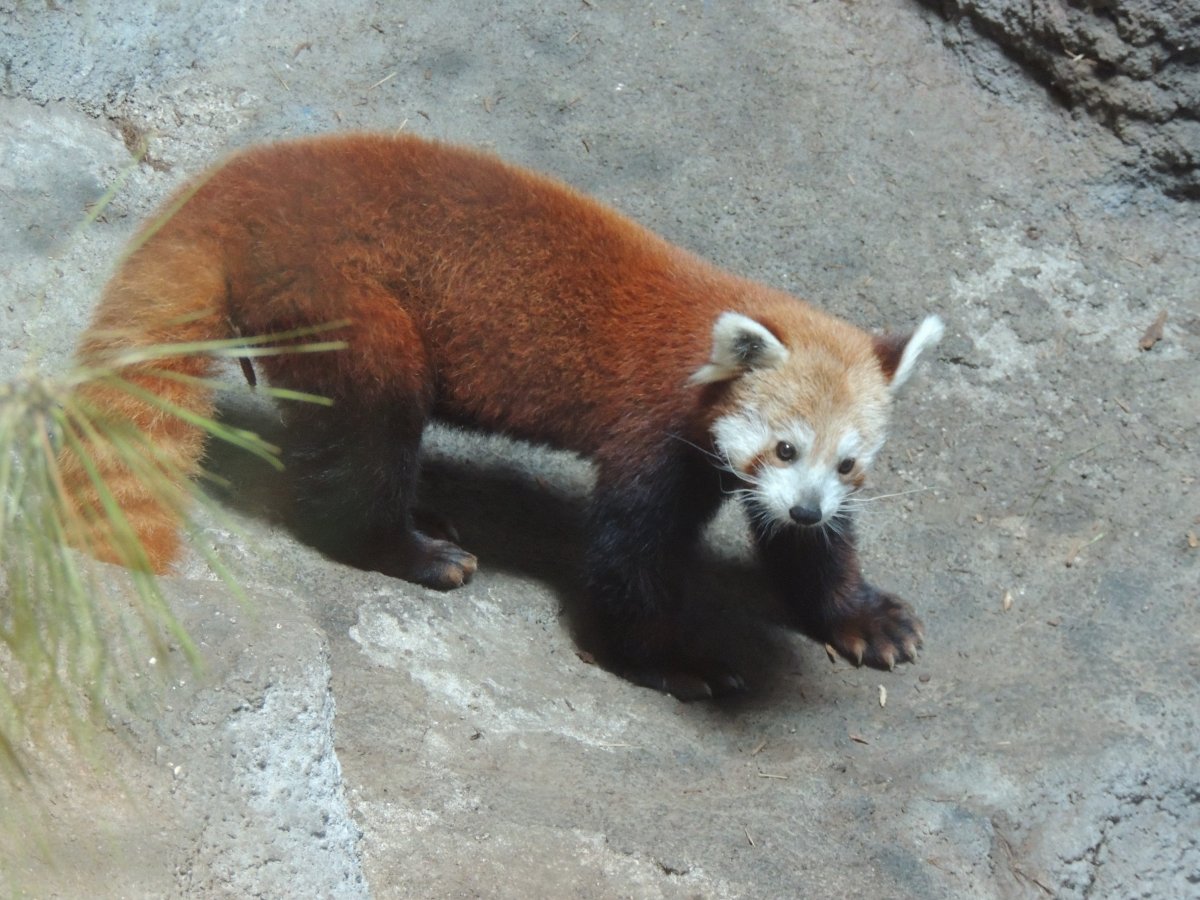 A red panda at Smithsonian's National Zoo.
A red panda at Smithsonian's National Zoo. 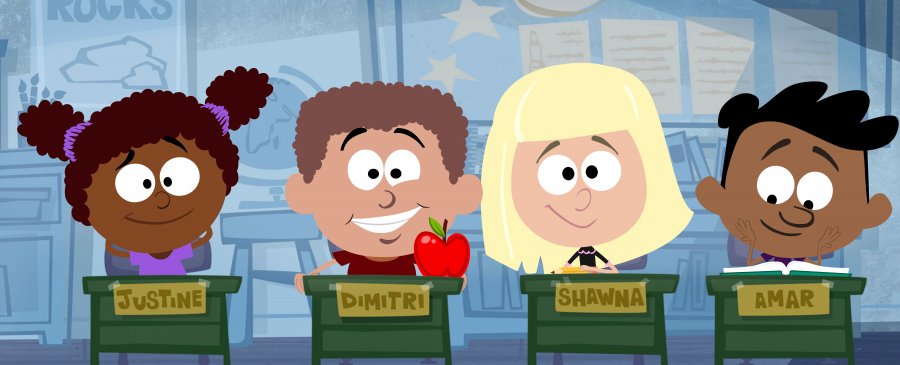
 Smithsonian Science for the Classroom was designed from the ground up to meet the Next Generation Science Standards.
Smithsonian Science for the Classroom was designed from the ground up to meet the Next Generation Science Standards. 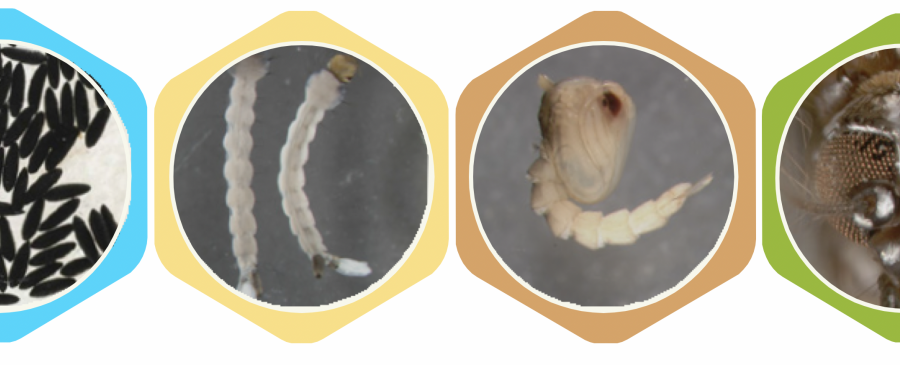
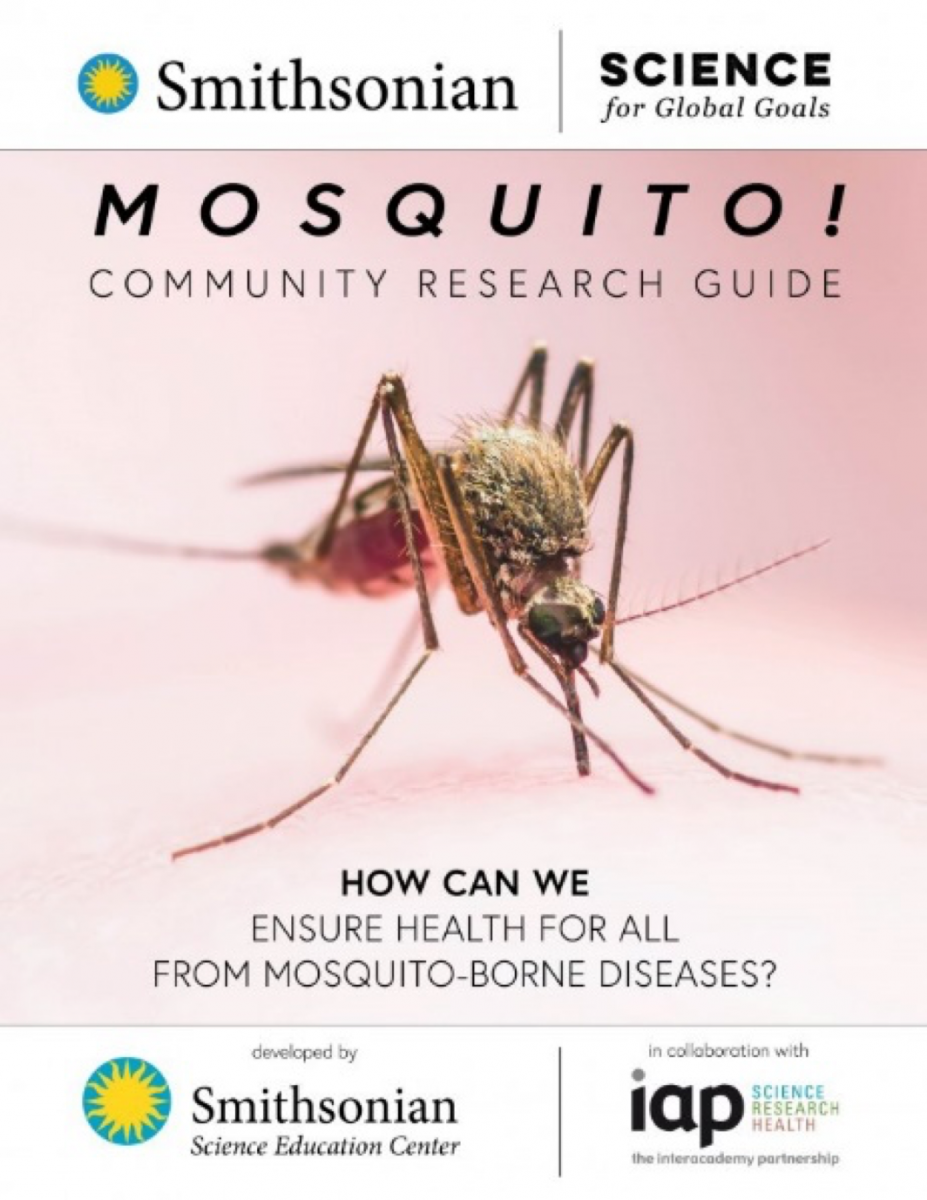 Mosquito! Community Research Guide: How Can We Ensure Health for All from Mosquito-borne Diseases?
Mosquito! Community Research Guide: How Can We Ensure Health for All from Mosquito-borne Diseases?